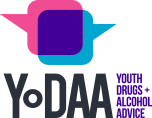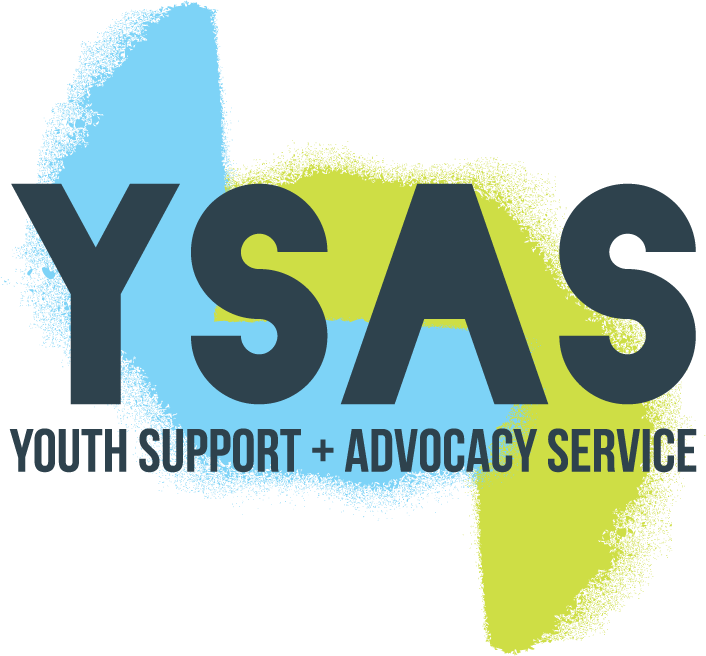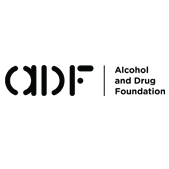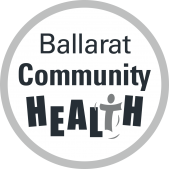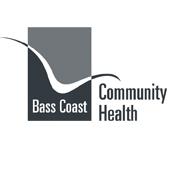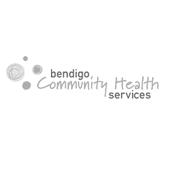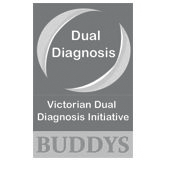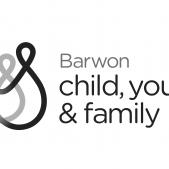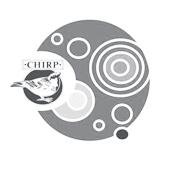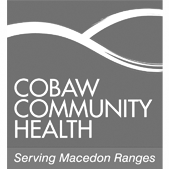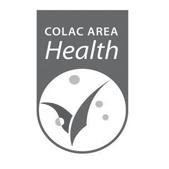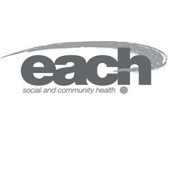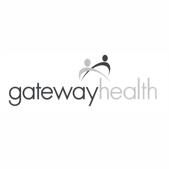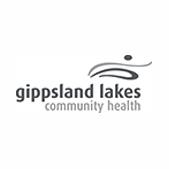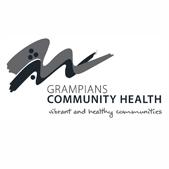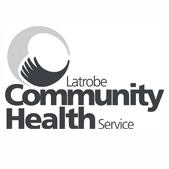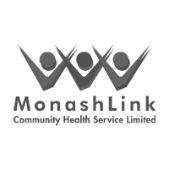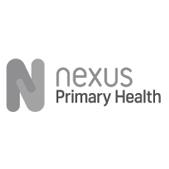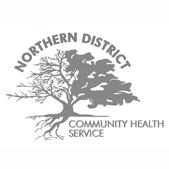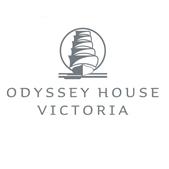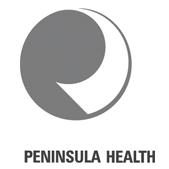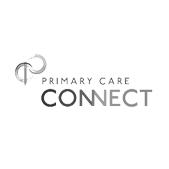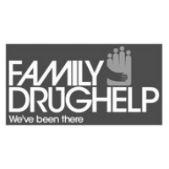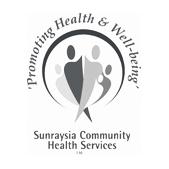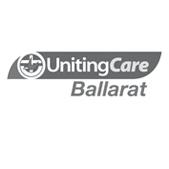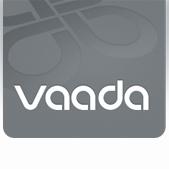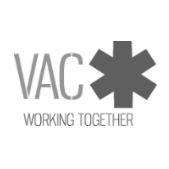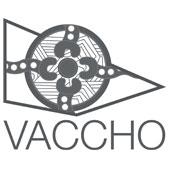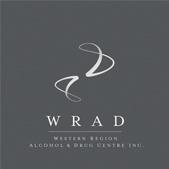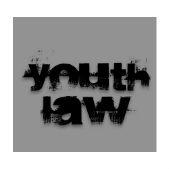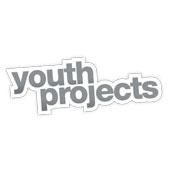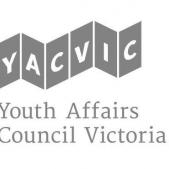Drug Facts
LSD (Acid)-Fast facts for workers
Acid, trips, tabs-LSD is known by many names and is synonymous with stories past decades. It is still commonly used (relative to other illegal drugs) and so is a relevant drug for youth workers to know and understand.
WHAT
LSD (lysergic acid diethylamide) is an illegal hallucinogen commonly referred to as ‘acid’.
OTHER NAMES
Acid, window, trips, tripper, tab, stars, smilies, rainbows, paper mushrooms, micro-dot, Lucy, liquid acid, lightning flash, L, hawk, flash, drop, dots, cheer, blotter.
HOW COMMON IS USAGE?
In 2013, 9.4 per cent of Australians aged over 14 years had used hallucinogens other than cannabis and ecstasy (National Drug Strategy Household Survey, 2013).
APPEARANCE
Tiny squares of paper decorated with pictures, liquid in a vial, or a pellet.
USE
Swallowed or absorbed through the skin.
EFFECTS
Distortion of objects and reality, including visual and auditory hallucinations. A trip can be good or bad – it may conjure a sense of relaxation and happiness or agitation and panic. Effects are felt within 20 minutes to two hours, and can last between six and 12 hours.
OVERDOSE
If someone is having a bad trip, take them to a quiet, comfortable area, stay with them, and reassure them. LSD is also known to exacerbate mental health conditions.
COMMON MIXERS
Not commonly mixed, but combining drugs will likely increase effects.
SOME COMMON HARM REDUCTION STRATEGIES
Encourage a young person to: -
- avoiding taking multiple tabs, especially if they are unsure if they are taking real LSD or not.
- plan their “recovery time” after their trip
- understand the risks involved in mixing other drugs and alcohol, including prescription medication.
- If a young person is experiencing a “bad trip” take them to a quiet room and stay with them until they are calm
- See more Universal Harm Reduction Strategies
Didn’t find what you’re looking for? Try the YouthAOD toolbox for further in-depth information.
